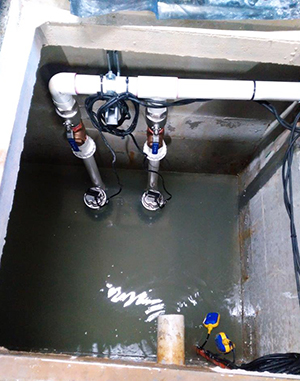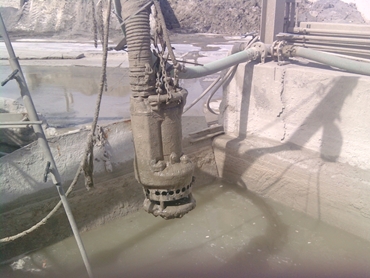Tips for Inspecting Your Submersible Pump
 Submersible pumps of all types can provide decades of reliable performance if you can maintain them correctly and watch for wear and tear. Use these useful tips to watch for any changes and to schedule appropriate services for your submersible pumps, whether used for your own property or for an industrial application.
Submersible pumps of all types can provide decades of reliable performance if you can maintain them correctly and watch for wear and tear. Use these useful tips to watch for any changes and to schedule appropriate services for your submersible pumps, whether used for your own property or for an industrial application.
Maintaining regular inspections
Submersible pumps will quite often go substantial periods of time without being seen, however, there are a few easy maintenance checks you can do to ensure optimal performance and longevity. The first is to monitor the output of the pump to ensure everything is running as usual. From the surface, be sure to check for water leaks, assess the condition of electrical wiring and arrange valves and seals to be changed on time according to the manufacturer’s or supplier’s directions. It’s a good idea to book in annual maintenance inspections at a minimum from your local MTP team, who will provide you with a record of each service and what has been checked.
Symptoms to look out for in submersible pumps
Keep an eye out for these signs of failure or lesser performance on a regular basis, and you’ll be better equipped to address pump problems before they become unmanageable.
 Decreased output
Decreased output
If the pump isn’t working at all, check the circuit breaker to see if it has tripped. Possible causes for a decrease in output can include a low water table or liquid supply, an obstruction of sand or grit, a restricted impeller or general wear and tear.- Irregular water flow
If the water is sputtering at the surface then you may potentially have a problem with cracked water pipes, or your submersible pump may have a broken check valve. If you’re having trouble identifying the problem you can call MTP’s mobile service team to assess the issue.  Excessive noise
Excessive noise
If you can hear noise from your electric motor, stop using it and book a pump repair service as soon as possible. If you hear noise from the pump itself this may be due to insufficient liquid levels (if the pump is pumping air for part of the time), or there may be a component that is blocked or failing.- Overheating
Overheating of a submersible water pump can sometimes indicate that there is insufficient water in the well to keep it cool, or that the pump is failing. If the electric motor is overheating, it’s important to have this checked to avoid more costly repairs or replacement. - Cloudy water or clogging
If the liquid you’re pumping is unusually clogged or cloudy you may have a problem with sediment or silt in the system. Possible solutions can include digging a deeper well for water pumps, or flushing the pump to clear any blockages. - Particularly high electricity bills
Submersible pumps usually do not run at all times, and if this is occurring it may be a sign that either your float switch or pump is failing. Higher electricity usage could also indicate insufficient impeller clearance or a blockage in the system.
Contact your local MTP Sydney, Perth or Kalgoorlie branch today for all of your submersible pump repair services.










